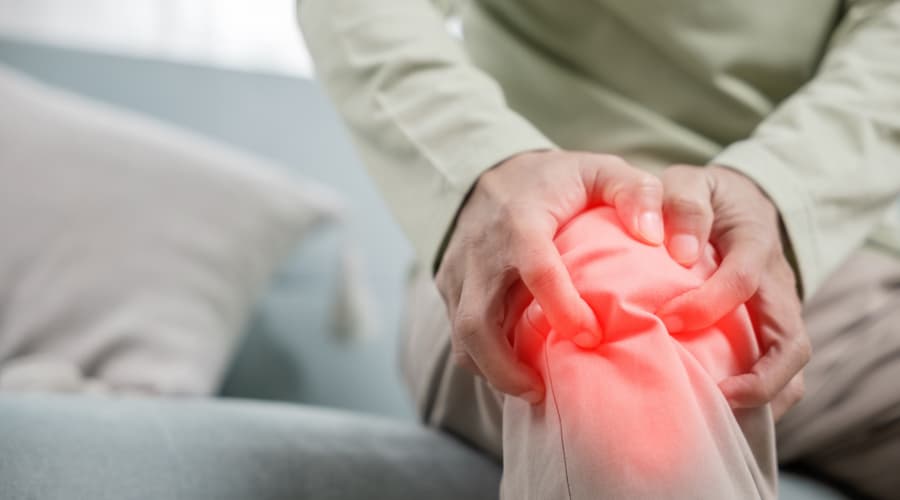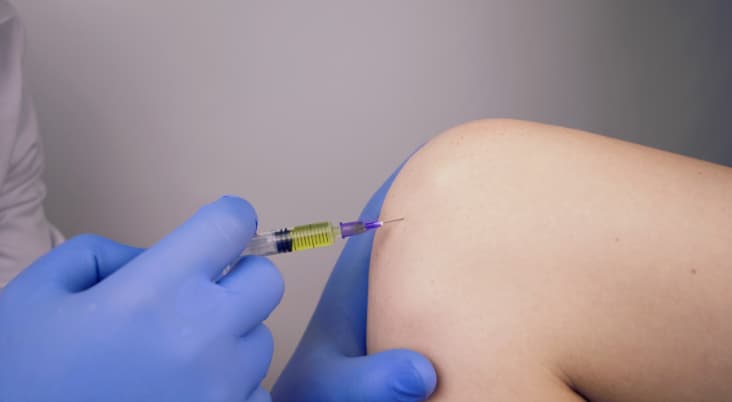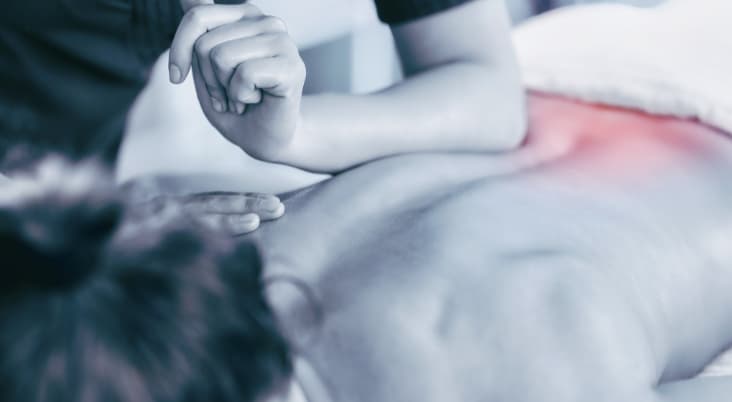Shockwaves surround us. Pressure waves are produced by mechanical transducers. The more intense a given pressure wave, the more deformation occurs in the medium through which the wave moves. An earthquake is such a shockwave moving through soil, rock, water, and ultimately buildings and people.
A shockwave is responsible for mechanical bending and fracture in the sudden mechanical transfer of energy, e.g., metal deformation and bodily injury arising from an auto accident. The body of a vehicle receives crash-related impulse energy, passes it through the vehicle’s physical structure, and transfers that energy from the solid structure to the passenger as a shockwave.
Shockwave sequella are not always obvious. Internal organs of passengers may be damaged when energy is directed to passengers within a vehicle even when the external bodies of passengers appear unaffected.
Thumbnail Physics
Not all waves are destructive. Essentially, energy delivered to an object will dissipate as heat, component displacement, adsorption at the object’s surface, or as absorption by the structure of the object. Classic physics explains the process in a few choice words because “energy is never destroyed in this world, only altered in its form.” A shockwave is induced by mechanical movement. In the case of the human body and therapies for tissues beneath the skin [e.g., “Extracorporeal Shockwave Therapy (ESWT)” or “Shockwave Therapy (SWT)”], pressure waves bring change to deeper structures in the body.
Through the last half century, researchers have been able to generate electrohydraulic, electromagnetic, piezoelectric, or radial shockwaves directed at specific sites within the human body. Each induction method introduces a pressure wave via an external transducer into the body’s tissues. The delivery of the wave to deeper tissues and the therapeutic dissipation of that pressure wave relates to the proprietary generating of wave and aiming mechanism of specific devices and are beyond the scope of this brief discussion.
Development of Shockwave Therapies
Regardless of specific application (e.g., back, foot, arm, neck, kidney, prostate, etc.), the roots of therapy are traced back to lithotripsy developed about 40 years ago. A renal patient with kidney stones was placed in a water medium and shockwaves were introduced into the water. The shockwave passed through the water and into the fluids of the patient’s body. It passed into the soft tissues of the patient’s renal system, encountered the kidney stones, and broke them into small enough pieces to be passed out of the body via urination.
A human body may have kidney stones, but there are a myriad of other internal maladies that may be problematic. People tear muscles and tendons through sports, accidents, and simple misjudgements. Tears may heal. Unfortunately, the body is not as clever as we might wish. The body may use scar tissue to repair tears. The body may induce thickening of tissues to protect structures that have already been damaged. Necrosis may even result from some injuries where tissues are resorted and replaced by a different variety of tissue. Microcirculation may be damaged and crimped, limiting the nurture of cells in a given organ, or the body’s repair mechanism may inadvertently circumvent or misaligned blood supply in reestablishing circulation. Damaged repair within the body may continually “recycle,” resulting in the body acclimating to repeated repair with chronic inflammation of a variety of tissues in a given bodily area, e.g., a foot may suffer plantar fasciitis, epicondylitis, tendonitis, disruption of tendon and bone attachments, arterial or venous failures due to inflammation, etc.
Studies by clinicians in a variety of medical disciplines have been interested in management of deep tissues that have been damaged by misuse, accident, disease, or unknown cause. Shockwaves have emerged as a therapeutic mechanism for organ healing. Some of the interest initially derived from that lithotripsy therapy developed in the last half century. Related therapy initiatives may have developed as components of technology in sonography, microwave stimulation, magnetism applications, etc.
Investigations of deeper tissue response to shockwaves demonstrated that shockwaves could alter soft tissue structures as well as solids like kidney stones within living tissue. Today, we know that shockwaves can actually break down scar tissue, reduce the thickening of normal tissues produced via the body’s damage response, alter the structures underlying hematoma formation, and induce normal micro circulation development. Researchers have established this “new” therapy through carefully crafted blind, double blind, and parallel studies of matched subjects. What had to happen was the determination of appropriate stimulus levels, the shape and method of stimulation, and a specific method of determining therapeutic outcome.
Therapeutic outcome addresses amelioration of a patient’s physical malady, but it also relates to the healing experience. People do not want to hurt from a procedure. When a procedure does not hurt, people do not want to hurt after, either. “Do no harm” is a practitioner’s goal, but when a new therapy is being developed, there is a component of unknown that is part of the therapy development process.
Untoward Effects
With this brief background, there are a number of components of shockwave therapy that have potential patient side effects.
Stimulus Generation Side Effects: Patients may experience a number of common side effects. Transient pain, swelling and bruising of the area being treated, and surface skin redness may occur. Small blood vessels may bleed resulting in superficial bruising of the treatment area. Deep tissue aching may present. Healing may be slowed with use of certain medications, particularly anti-inflammatories. Patients will want to discuss medications prior to choosing shockwave therapy.
Transducer Side Effects: Positioning of the person receiving shockwave therapy may result in transient discomfort. Although transducers have gotten smaller, bodily positioning to allow optimum focus of shockwaves may require some discomfort.
Transmission Coupling Medium Side Effects: A gel may be used to allow the transducer to pass shockwaves directly into the skin. Transient allergy responses may be the result.
Subcutaneous Tissue Side Effects: Patients may experience minor pain in tissues being stimulated. A clinician may minimise pain by altering transducer position or the amount of stimulation being utilised. That is, the “dose” of energy generated by the transducer can be altered as the procedure proceeds. A therapy experience is often brief, multiple stimulation occurring in just five to ten minutes. Rarely, tendons, ligaments, or other soft tissue may rupture with stimulation.
Potential Contraindications for the Procedure: Age limitations set by best practices criteria and pregnancy may preclude the procedure. Observable active infection or wounds will require adequate time for healing prior to shockwave therapy. Internal issues (bone cancer or other soft tissue cancers near the transducer delivery site), the presence of medical implants such as pace maker or subcutaneous insulin delivery dosimeters, any ongoing blood clotting issues or anticoagulation therapy, an allergy to the transducer coupling solution, recent steroid injection, and neuropathy–all are potential limitations for the procedure.
Recovery time from the procedure may require limitations on activity and reduction in stress related to impact exercise. A couple days of non-stressful activity after shockwave therapy may be appropriate, but normal everyday activities like driving and usual housework have no limitations.
Follow-Up Side Effects: Transient pain, inflammation, swelling and bruising, and numbness may be present after shockwave therapy. These effects resolve within seven days.
Related Articles
- When Shockwave Therapy Is Not Suitable Treatment
- Shockwave Therapy FAQs
- How Does Shockwave Therapy Work on Tendons
- Types of Tendonitis that Shockwave Therapy Can Treat
- Can Shockwave Therapy Help With Musculoskeletal Problems




























